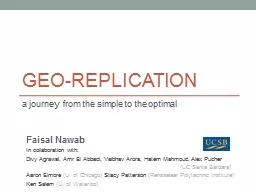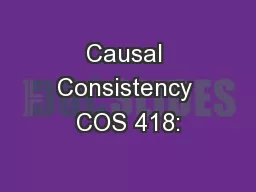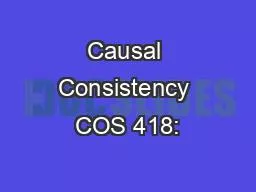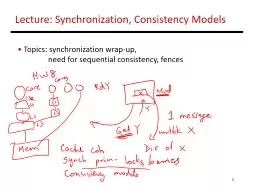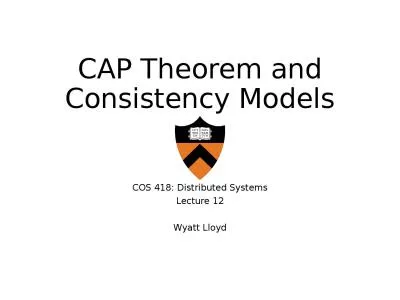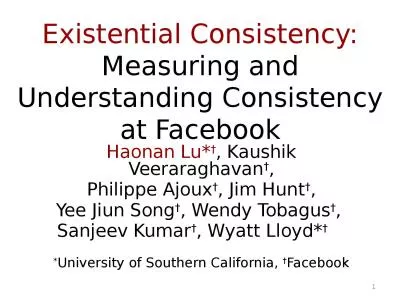PPT-Replication and Consistency
Author : ellena-manuel | Published Date : 2017-12-19
COS 518 Advanced Computer Systems Lecture 3 Michael Freedman Lets say A and B send an op All readers see A B All readers see B A Some see A B and
Presentation Embed Code
Download Presentation
Download Presentation The PPT/PDF document "Replication and Consistency" is the property of its rightful owner. Permission is granted to download and print the materials on this website for personal, non-commercial use only, and to display it on your personal computer provided you do not modify the materials and that you retain all copyright notices contained in the materials. By downloading content from our website, you accept the terms of this agreement.
Replication and Consistency: Transcript
Download Rules Of Document
"Replication and Consistency"The content belongs to its owner. You may download and print it for personal use, without modification, and keep all copyright notices. By downloading, you agree to these terms.
Related Documents






